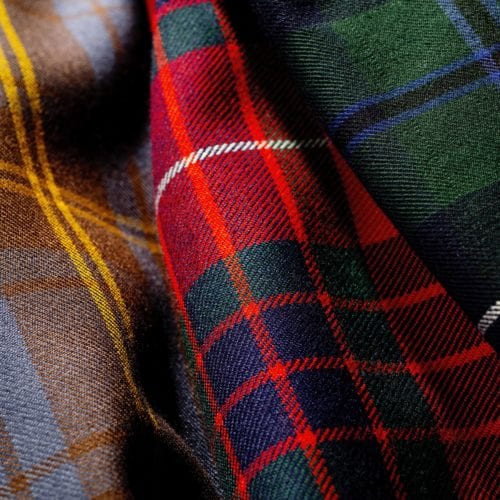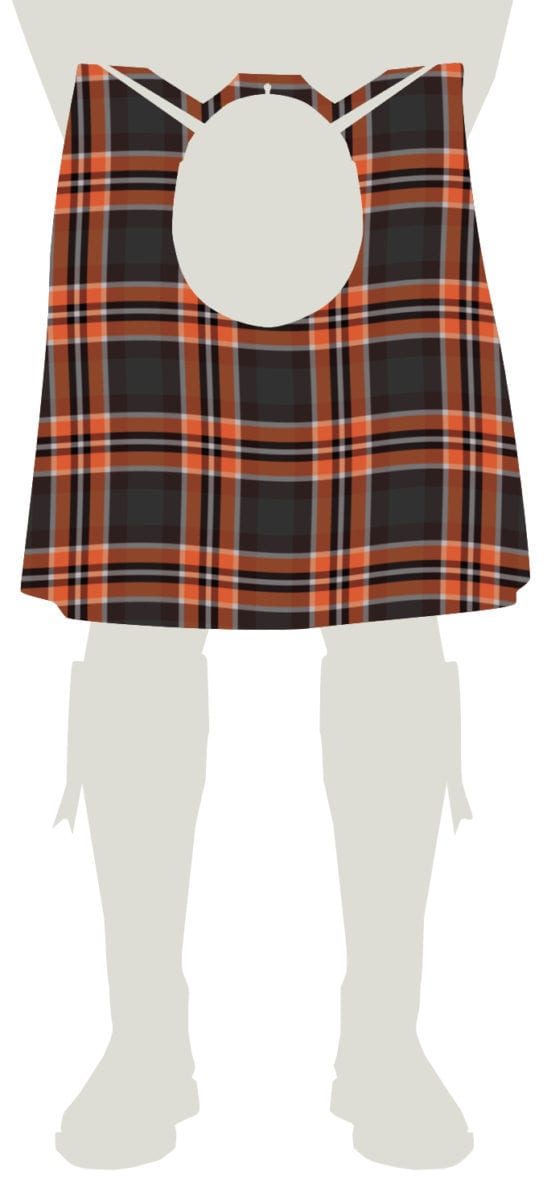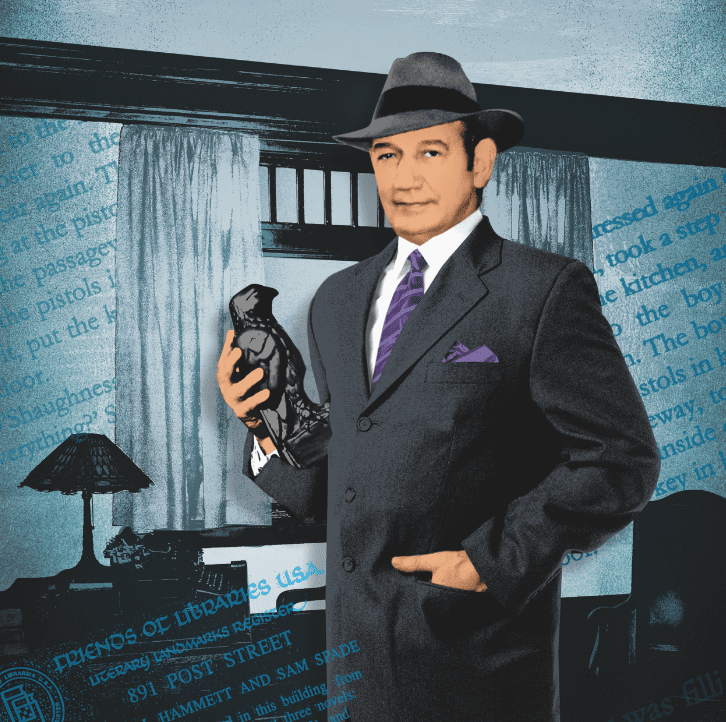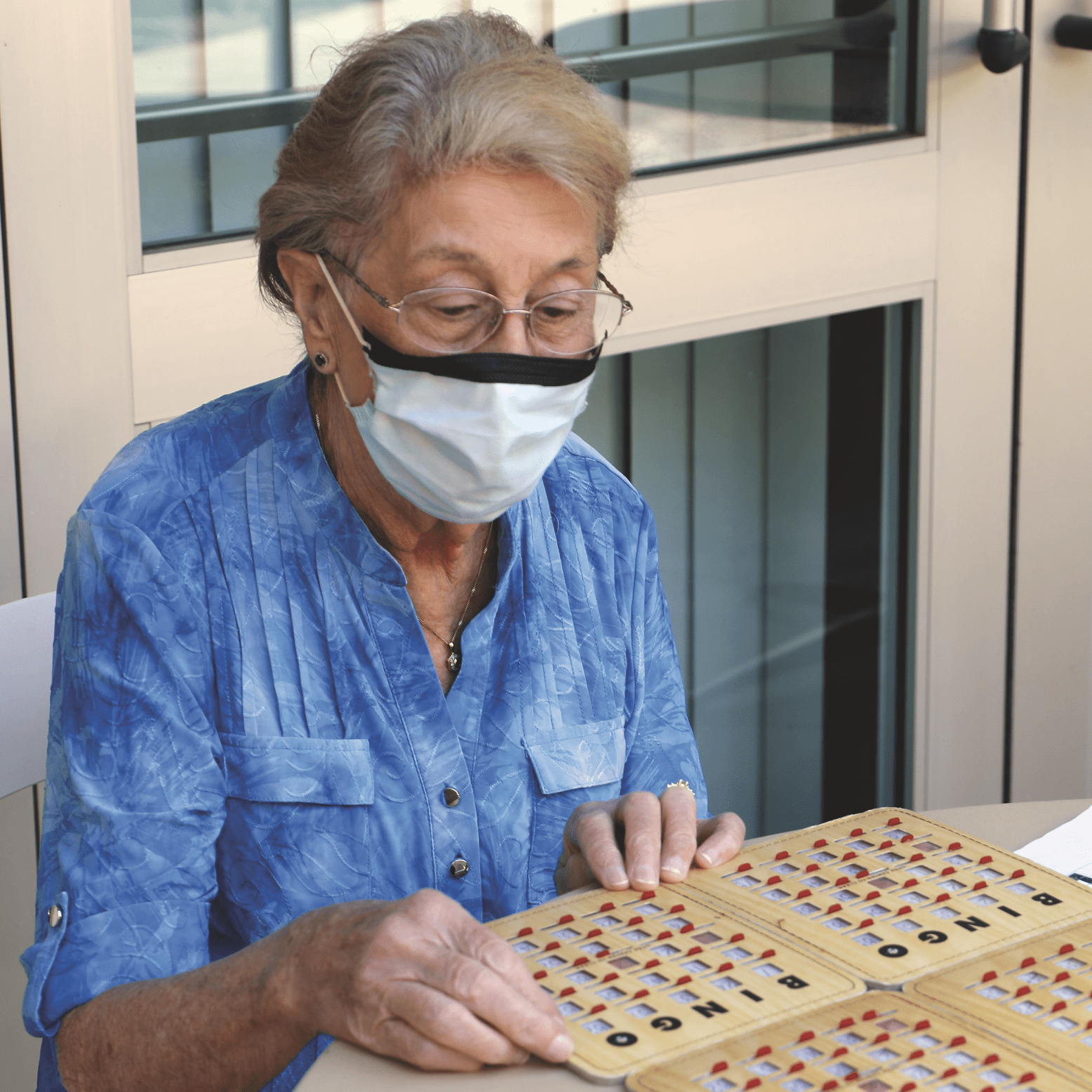
The All-Seeing Private Eye
A Master Mason gumshoe taps into his inner Philip Marlowe to hunt down the truth.

By Antone Pierucci

Call them distinctive, call them bold, call them whatever you like. But no matter what, when you see the can’t-miss new outfits that members of Prometheus Lodge No. 851 in San Francisco are planning, don’t call them plaid.
“Plaid is what you see on pajamas and tablecloths,” explains lodge member Hal Wilkes. The pattern of the Prometheus-specific kilts that are in the works are more precisely referred to as a tartan. Wilkes should know: The professional bagpiper spends much of his time in full Highland dress, which includes a tartan kilt, a sporran (a sort of purse worn around the waist), and gillies (shoes). Along with fellow lodge member Patrick Craddock, the owner and chief designer of the Craftsman’s Apron, a company that specializes in Masonic regalia, the two made the perfect pair when it came to envisioning a new look for Prometheus, a traditional observance lodge that prides itself on its impeccable ritual and attention to sartorial detail.
The lodge is no stranger to eye-grabbing outfits. Members frequently wear specially made neckties or bow ties of orange, black, and gray—the same color scheme they’re planning for the kilts. (Similarities to the colors of the local Major League Baseball team were coincidental, they insist.) Each color is symbolic: The black represents the formality of the lodge, the gray the city’s characteristic fog, and the bright orange—formally known as international safety orange— an homage to the Golden Gate Bridge. All together, “It creates a very distinctive effect,” Craddock says. “When you see a group of guys sporting this type of design, you might not know who they are, but you definitely know they’re all part of a group.”

The scrutiny that members pay to their attire isn’t mere fussiness, Craddock says. Instead, it’s rooted in the idea that gentlemen ought to take pride in their appearance. As with other traditional observance lodges, Prometheus’s formality—evident in the lodge’s black-tie banquets and frequent ritual rehearsals—is what attracts new initiates to the lodge in the first place.
That said, Prometheus members don’t take themselves too seriously—not always, anyway.
Take the tartan, for instance. There’s nothing inherently Scottish about Prometheus No. 851, except perhaps its members’ passion for single malt. The idea for a lodge kilt surfaced years ago during a retreat at the historic Columbia Lodge in Gold Country. After the banquet, Wilkes walked outside and began playing the pipes, “to rouse everyone up and get them ready for scotch and cigars,” he says.
As Craddock remembers it, “The next thing we knew, there was this music coming from the dark streets. It was eerie and beautiful at the same time.” In years since, Wilkes repeated the evening serenade at the annual retreat, and members came to expect it—and, jokingly, to connect the lodge to all things Scottish. Finally, in 2019, lodge master Jordan Yelinek asked Wilkes, who holds the title of lodge pipe major, to design a custom lodge tartan. Wilkes went directly to Craddock, and the two put their heads together to create the Prometheus tartan, a criss-cross of black and orange striping (known as the warp and weft) against a field of light gray.
While covid-19 has slowed the tartan’s planned rollout, Craddock expects to see members don the Prometheus kilt and accompanying dress jacket by the end of the year. In the future, he says, the getup will serve as formal dress at lodge rituals, meetings, and banquets.
PHOTO CREDIT:
Winni Wintermeyer

A Master Mason gumshoe taps into his inner Philip Marlowe to hunt down the truth.

When a tiny apartment with a big-time literary past came up for rent, William Arney found himself walking in Sam Spade’s footsteps.

With the coronavirus wreaking havoc across the state, the Masonic Homes of California sprung into action to ensure the health of its residents and staff members.